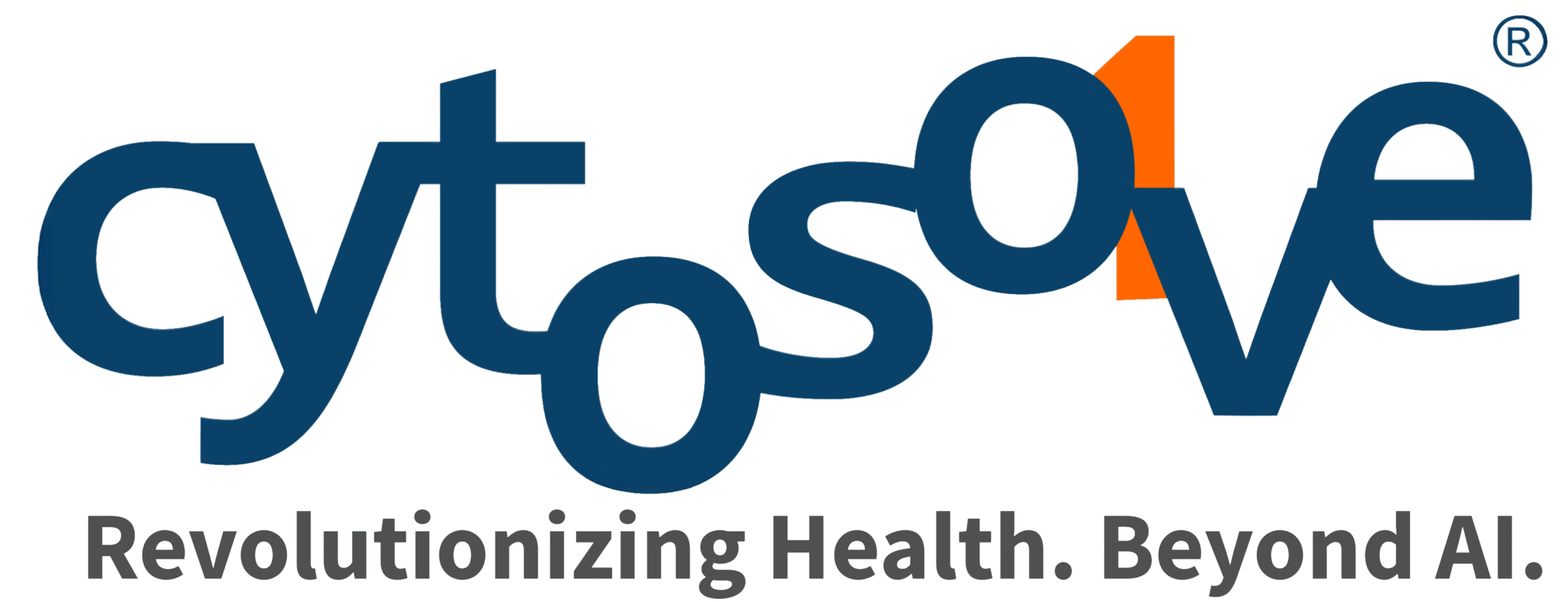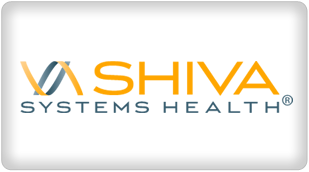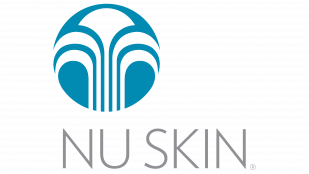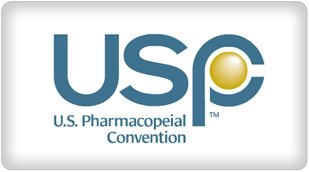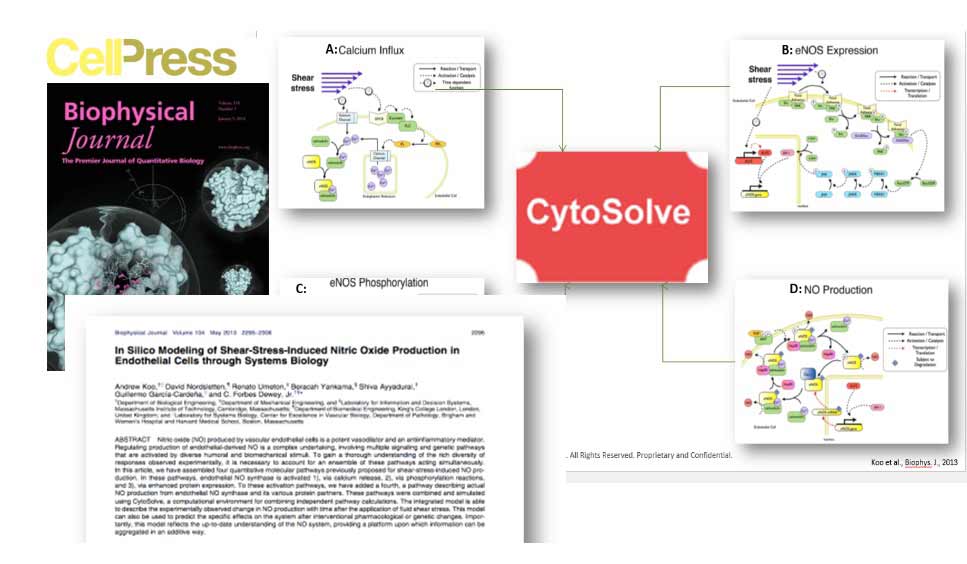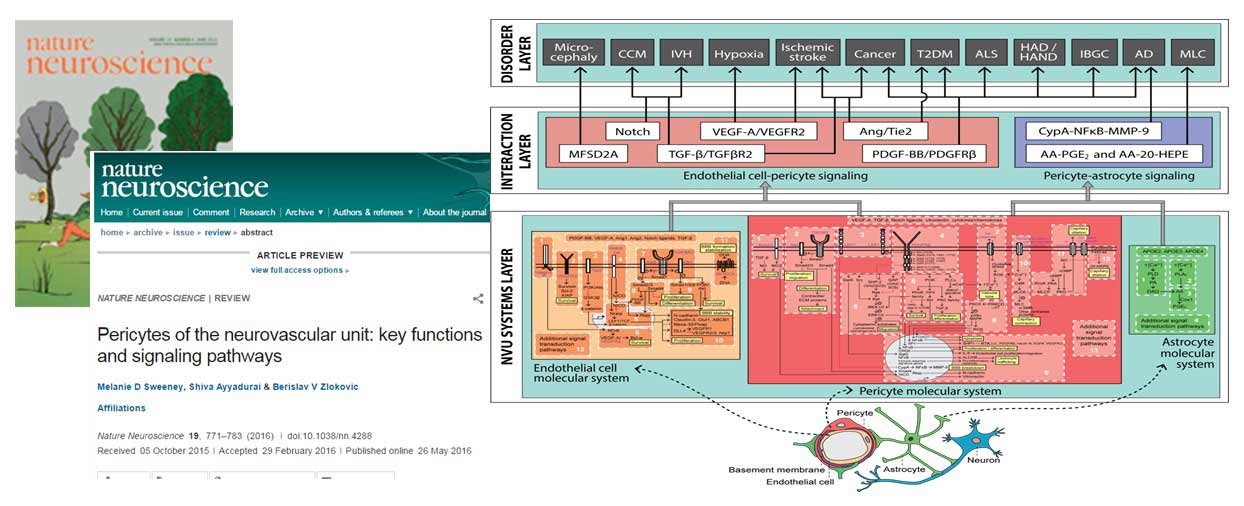Low-grade chronic inflammation (LGCI) is defined by the persistent presence of elevated levels of circulating cytokines such as interleukin-6 (IL-6), tumor necrosis factor-alpha (TNFα), and interleukin-1 beta (IL-1β) that promote disease progression. LGCI drives the pathogenesis of osteoarthritis by accelerating catabolic responses in chondrocytes, inflammation of the synovial membrane, and promoting pain in the joint An integrative in silico – computational model – of LGCI is developed to predict the effect of phytonutrients in the FBV juice powder on four biomarkers of LGCI, namely, TNF-a, CCL2, IL-1β, and ROS. Eight phytonutrients in the FBV juice powder are identified whose synergistic combination lowers all four biomarkers of LGCI, which is corroborated by clinical observations. All eight phytonutrients – luteolin, lycopene, vitamin A, vitamin E, vitamin C, epicatechin, EGCG, and quercetin – lower TNF-a, CCL2, and IL-1β, whereas only six of them – lycopene, vitamin A, vitamin E, vitamin C, epicatechin, and EGCG were efficient in lowering ROS.The molecular systems architecture of LGCI developed from this effort offers systems understanding of complex molecular interactions occurring during a biological process or a disease such as LGCI. This architecture provides a mechanistic understanding of anti-inflammatory effects of bioactive compounds in FBV juice powder that may improve LGCI.
